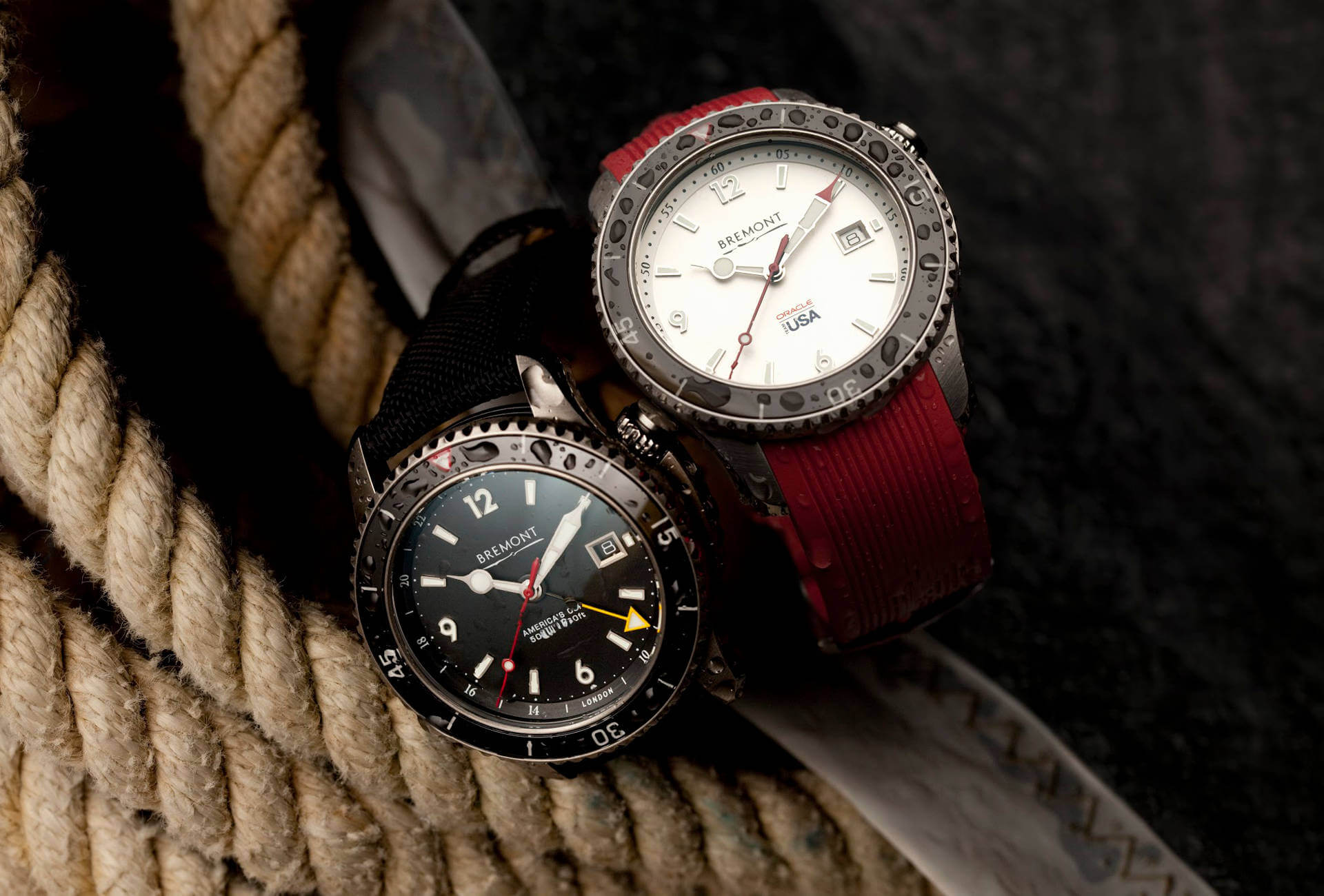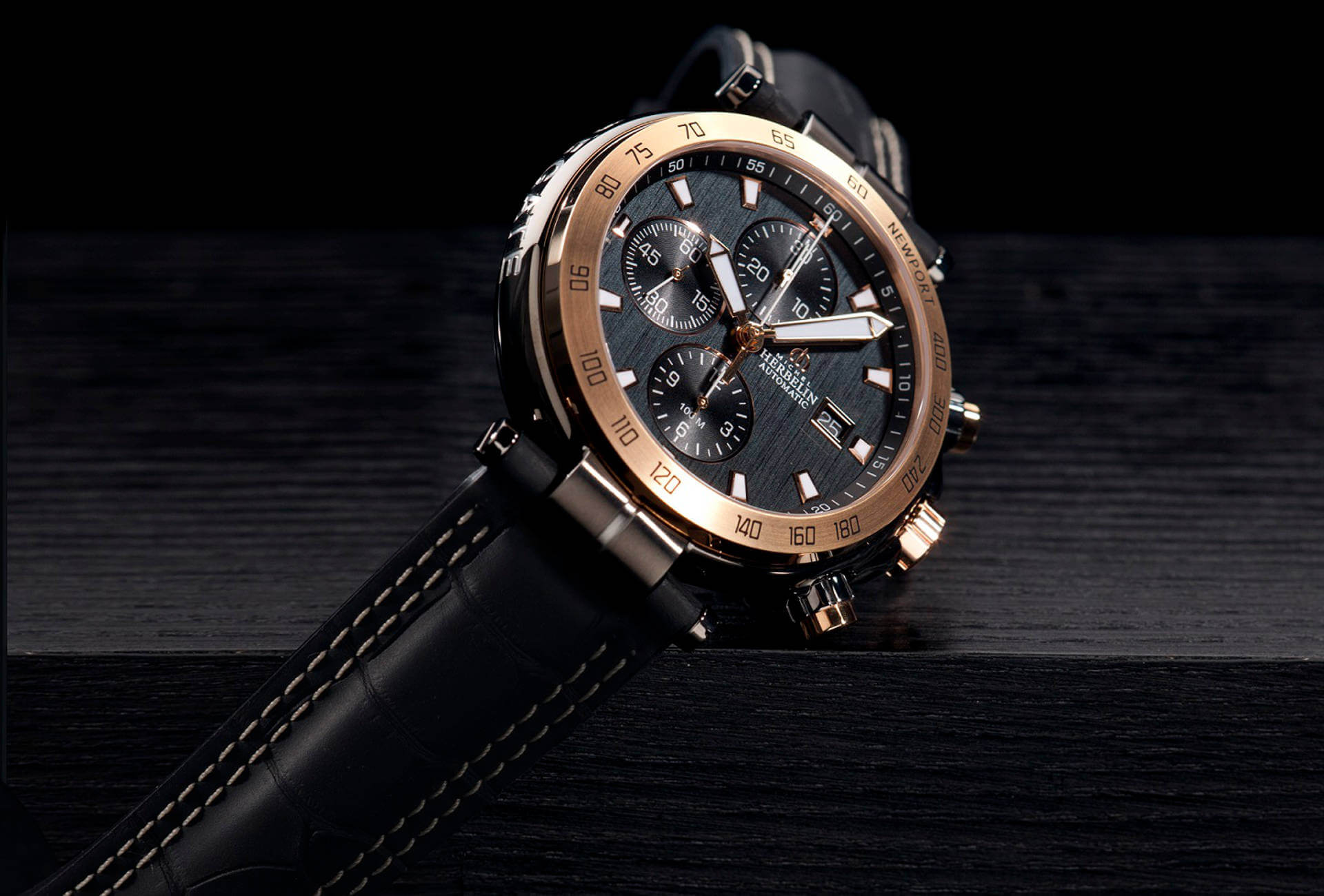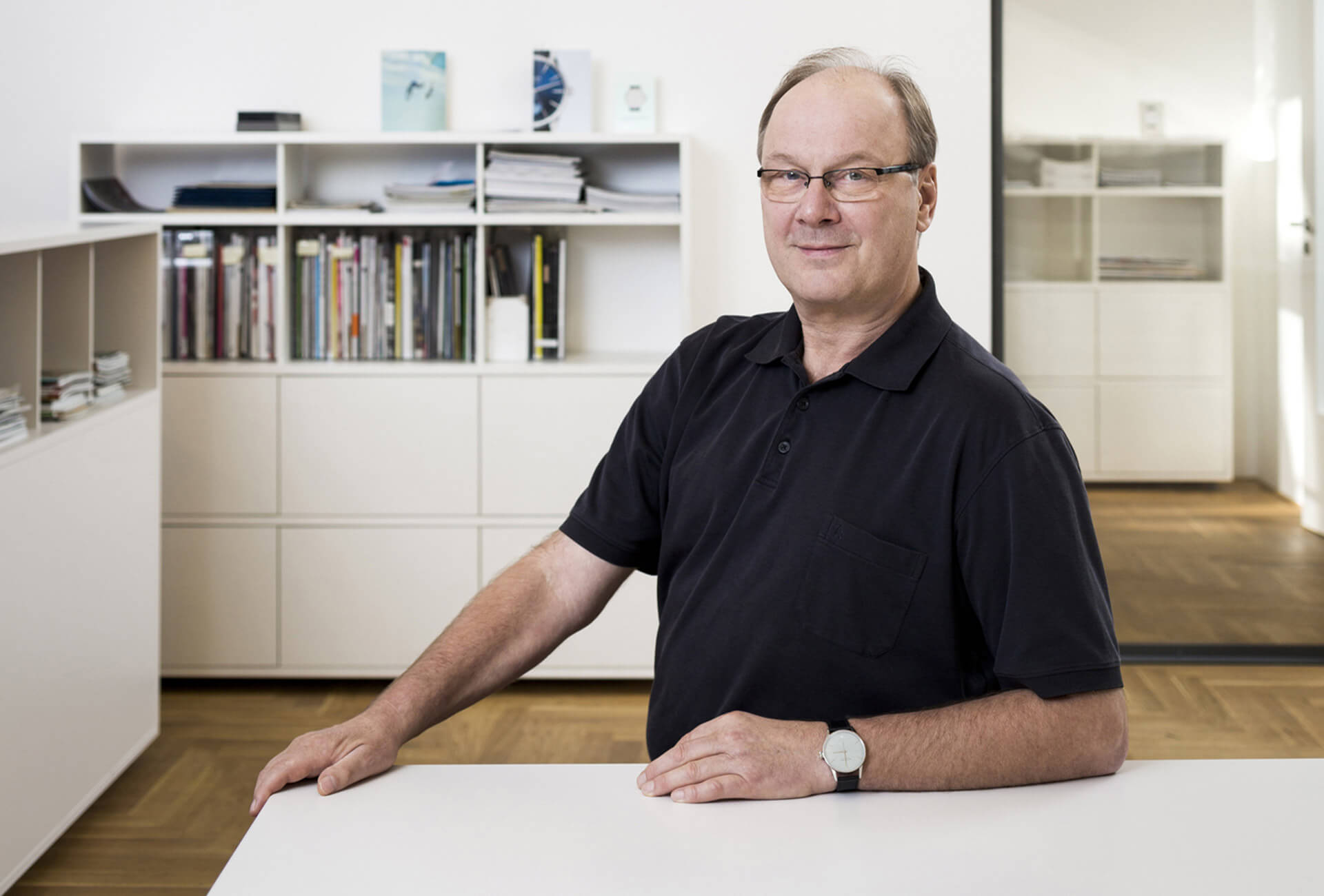Most people equate high-end watches with Switzerland. Indeed, while the Alpine nation accounts for just 3% of global watch production, it is far and away the number-one exporting country in value terms, having shipped watches worth $22.4 billion to some two hundred markets in 2015. Second- and third-place markets Hong Kong and China lag behind at $9.9 billion and $5.8 billion respectively. Furthermore, production in both these countries is focused on cheap electronic timepieces. Watches exported from China have an average price of $4, and $24 for Hong Kong. In comparison, Switzerland exported its watches in 2015 at an average price of $748. Two other countries also register on the watch export radar: France at $2.9 billion and Germany at $2.4 billion. In 2015, both witnessed more than comfortable growth in their exports, which climbed 17% and 14% respectively compared with the 3% drop registered by their Swiss competitors.
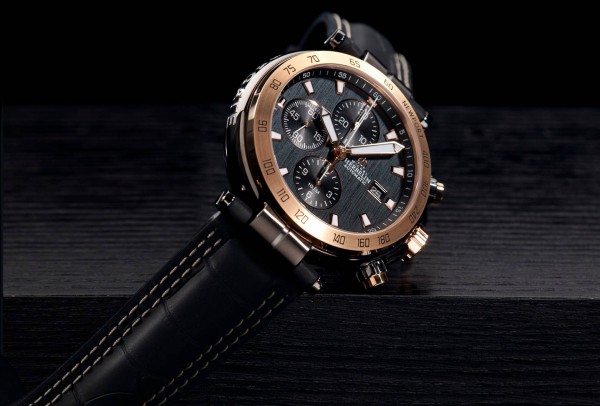
Michel Herbelin and Pequignet in France
Having produced masterpieces that would have been inconceivable in Switzerland in their day, French and German watchmakers continue to infuse life into a sector that has no trouble finding a clientele, as export figures show. Pequignet and Michel Herbelin are two companies at the forefront of the French watch industry. Both are located in Franche-Comté to the east, on the border with Switzerland. The region is home to some fifty watch companies that provide jobs for thousands of people, as Swiss daily 24 Heures reports. Michel Herbelin even enjoyed some publicity from an unusual source, when former industry minister Arnaud Montebourg modelled one of the brand’s watches in a photo shoot to promote French-made goods. The company manufactures between 80,000 and 85,000 watches a year, which it equips with Swiss movements, and sells half its production in France. So far it has stayed out of the Swiss market, which Maxime Herbelin describes as “difficult to break into”. Pequignet concurs, preferring to explore other European markets, as well as Japan where it has a large contingent of admirers. The company equips part of its 9,000-strong annual production with the only French-made proprietary movement, the Calibre Royal. Both companies are quietly confident for the future, and ready to defend an industry that remains extremely competitive in pricing terms.
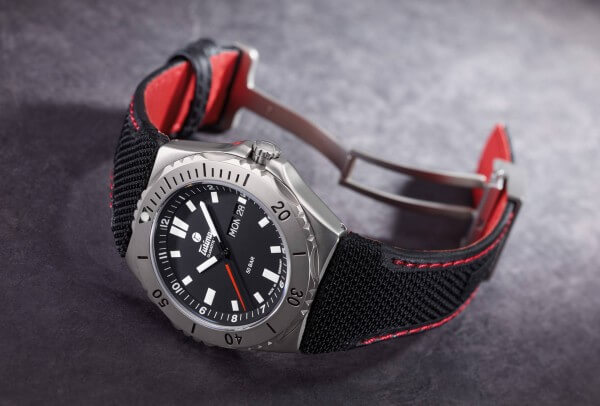
Tutima and Nomos in Germany
The same is true of German brands, particularly those based in the Saxon town of Glashütte. Even taking stalwarts A. Lange & Söhne (Richemont) and Glashütte Original (Swatch Group) out of the equation, since the fall of the Berlin Wall, Glashütte has emerged as a foremost centre for watchmaking in Germany. Tutima and Nomos, the subject of an article in La Tribune de Genève, are a case in point. Tutima returned to its birthplace in 2008. Having made its name in pilot’s watches, including as the official chronograph for pilots in the Bundeswehr since 1984, it earned new respect when in 2011 it issued a minute repeater. The company is now a thriving concern, thanks to mechanical watches that retail between €2,000 and €4,000. Nomos is another of Glashütte’s success stories. Established in 1990, it shares more or less the same positioning as Tutima, but with a highly distinctive, Bauhaus-inspired design credo. An added bonus, ten years ago it began to develop its own movements and now boasts around a dozen in-house calibres.
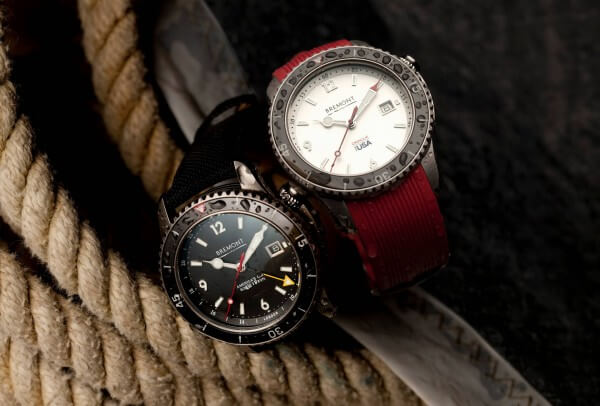
Bremont in England
Nick and Giles English are hoping to bring this vitality across the Channel from Saxony to the UK. The two brothers are behind Bremont Watch Company, whose headquarters and assembly workshop are located in Henley-on-Thames, in addition to a parts manufacturing facility in Silverstone. As The Engineer explains, British watchmakers of the seventeenth and eighteenth centuries were masters of their art, yet despite producing half the world’s watches in 1800, the British watch industry was brought down by competition from Swiss and American mass manufacturing in the late nineteenth century. There are, of course, some outstanding contemporary Anglo-Saxon watchmakers, such as Roger W. Smith, heir to the great George Daniels, and John and Stephen McGonigle, but Smith lives on the Isle of Man while the McGonigle brothers are in Ireland. Also, all three handcraft watches in quantities that can only be described as limited. Not so Bremont, which builds on experience Nick and Giles English gleaned in Switzerland. Alongside its consumer ranges, Bremont has won contracts to supply military squadrons, makes Jaguar watches under licence, and is the official partner to Oracle Team USA in the America’s Cup. It manufactures its own cases to the highest industry standards. La Joux-Perret supplies the brand with movements which are designed to its specific requirements. The company has even started making some of its parts, including bridges and baseplates, at Silverstone. Thanks to Bremont, British watchmaking is not to be taken lightly.








